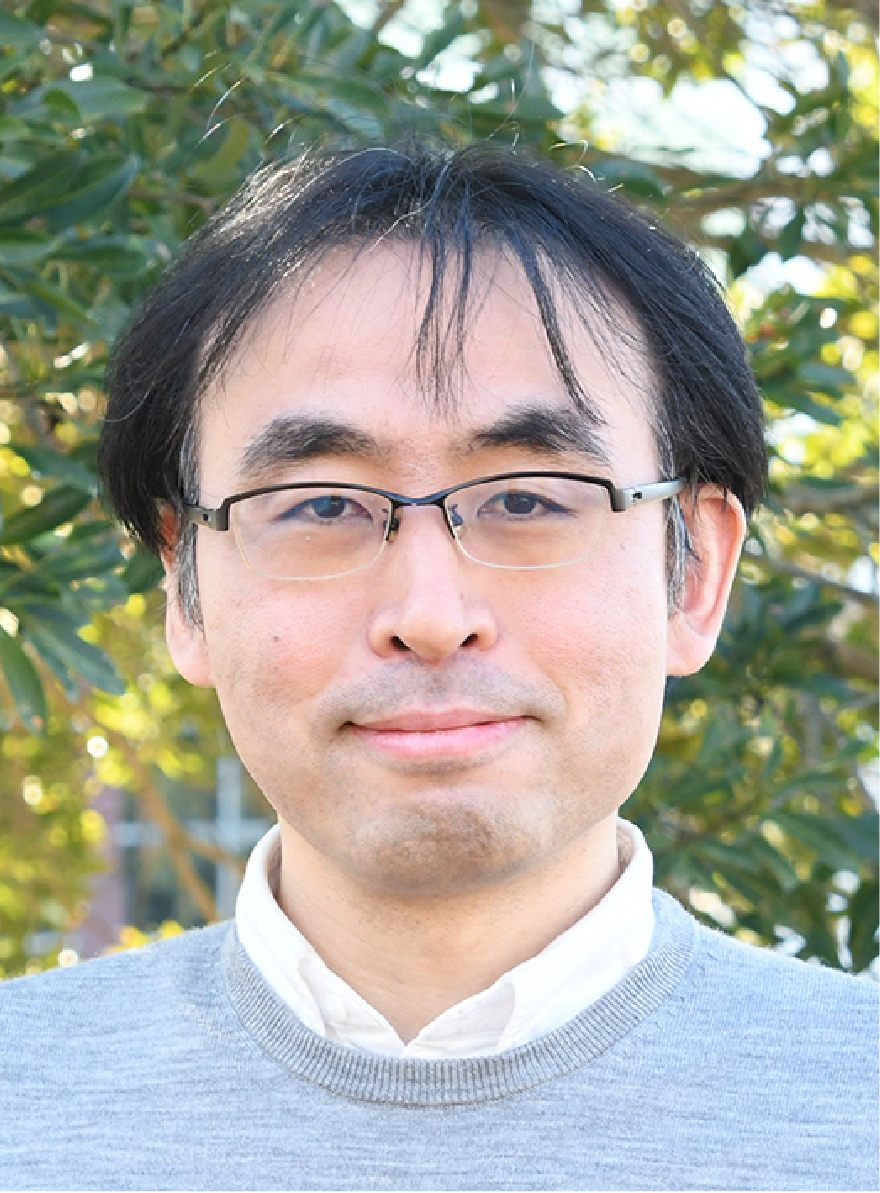
Tatsuhiko SAITO
Program uses Singapore Time and is 8 hours ahead of GMT
Special Session 02 Wed-03 Aug 18:00 – 20:00
Fast-traveling Tsunamis by Atmospheric Pressure Disturbances on the 2022 Tonga Eruption
After the massive volcanic eruption of the 2022 Hung Tonga-Hunga Ha’api, tsunami-like waves were observed across the Pacific Ocean. The records showed some remarkable features that were not usually recognized in earthquake-generated tsunamis. One of the most notable characteristics was that the waves propagated considerably faster (~300m/s) than the velocity of tsunamis as free gravity waves (~200 m/s). As the strong atmospheric pressure disturbances generated by the eruption, called the Lamb wave, also propagated around the Earth’s surface with a velocity of ~300 m/s, the observed tsunami-like waves were considered to be excited by Lamb waves. We investigated the generation mechanism of the fast-traveling tsunamis with simulations using Lamb wave as tsunami source. The simulations confirmed that the fast-traveling tsunamis (~300m/s) were excited as forced oscillations by the external pressure disturbance. It should be noted that the forced oscillation does not cause a continuous increase of the wave height with the travel distance, unlike resonant coupling which occurs when the source propagates with the same velocity as tsunamis (e.g., Proudman 1929; Saito et al. 2021). Additionally, our numerical simulations found that the wave scattering of the forcibly-excited waves caused by islands and heterogenous bathymetry play a fundamental role in the generation of the tsunami energy. The scattering releases the free-propagating tsunamis from the forced oscillation. As a result, the tsunamis are more generated as scattering occurs. Our numerical simulation successfully reproduced the observed features of the tsunami waveforms arriving faster than the velocity of free-propagating tsunamis ~200m/s. However, the simulation tends to underestimate the height of late-arriving tsunamis. Slow-propagating atmospheric waves (~200 m/s) that were not included in our simulation might contribute to the generation of the late-arriving tsunamis.
Dr. Tatsuhiko Saito is senior researcher at National Research Institute for Earth Science and Disaster Resilience (NIED) in Japan. He received Ph. D. at the Tohoku University in 2003 where he studied scattering theories of seismic waves. He has been working on generation mechanisms of megathrust earthquakes and tsunamis. In a book “Tsunami Generation and Propagation”, he introduces a framework of tsunami modeling. He is also engaged in research on meteotsunami generation, seismic-tsunami wave simulations, and mechanical coupling along plate interfaces for possible megathrust rupture scenarios.

Tatsuhiko SAITO
National Research Institute for Earth Science and Disaster Resilience
